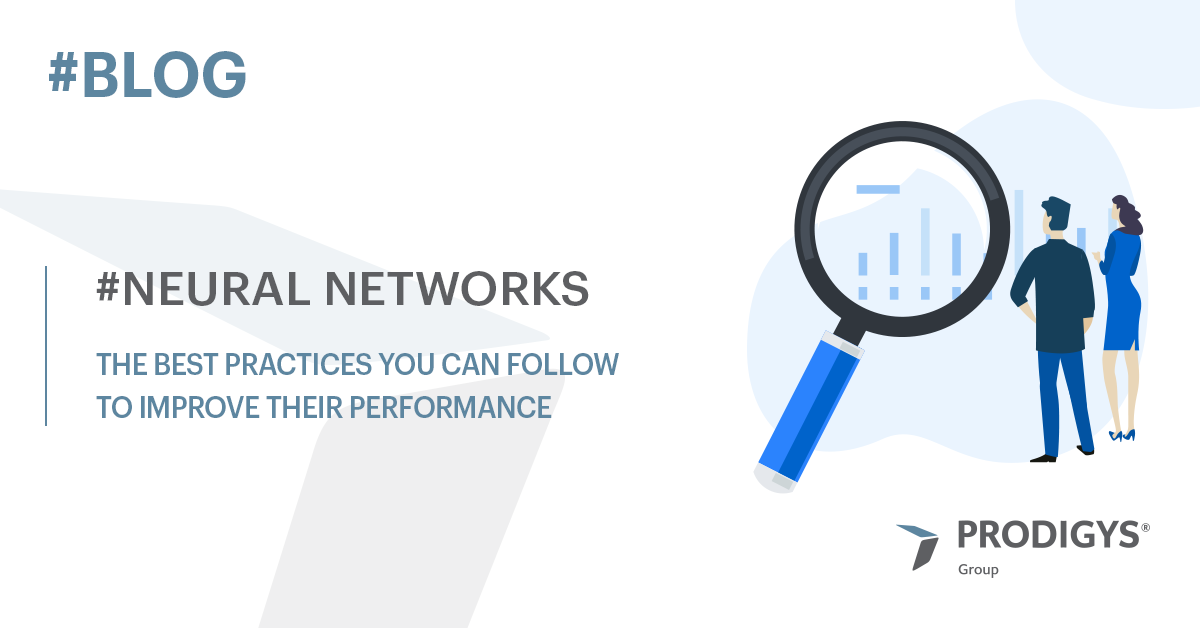
Good Practices for Neural Network
- Posted by agrAdminEGG
- On March 25, 2022
Introduction
Today, we’ll see some of the most commonly used practices to improve neural networks. We will consider both actions you can perform on the dataset and on the network itself.
Good Practices for the Dataset
Pre-processing
Almost always the initial dataset contains errors, missing or useless information, and other inconsistencies. By pre-processing your data, you can aim directly at fixing those issues. For instance, for missing data, you can use substitutes such as a zero or values calculated with averages and interpolations.
Data augmentation
If the dataset is not well-balanced or too small, you will need to add more data and data-augmentation techniques can help you with that. You can manipulate your initial dataset and create new sets that differ from the original. Knowing how to do this is key, but it varies depending on the context. For instance, if you consider the field of vehicle recognition, where you have a constant and repetitive pattern like that of the wheels on the road, a vertical flip that overturns the car would not create any new useful images for your scope.
Good Practices for the Network
A neural network is made of an input layer, hidden layers and an output layer.
- In the input layer, you would ideally want the number of neurons to correspond to the number of features that the neural net will use to make predictions.
- For tabular data, you would want it to correspond to the main characteristics of the dataset.
- For images, you would want it o correspond to the size of the image, specifically the number of pixels (e.g., 16348 nodes for a 128x128px).
- The number of hidden layers would depend on the situation. It is recommended to start with 1-5 hidden layers and then start adding more. To choose the number of neurons, you would start by matching the number of layers and then decrease. Evidence shows that having a big first layer followed by smaller layers could lead to better performances.
- In the output layer, you would want to match the number of neurons to the number of predictions it needs to perform. This means that the number of neurons will be the same as the number of classifications.
Activation functions
These functions should not work on negative ranges (this would otherwise compromise the following layers). They should be non-linear so that they cannot be grouped together as this would reduce the complexity of the network. Oversimplifying it would in fact compromise its efficiency.
Loss functions
The loss function allows you to measure the accuracy of a statistical model to describe a dataset of empirical data of a particular phenomenon.
A model could correctly classify the various samples, but the loss function will show the difference between the predicted value and the real one. The lower the value, the better the model behaves.
This function, again, depends on the context. For a binary classification, binary_crossentropy would be best. For a multi-class, categorical cross_entropy would be better.
Optimization algorithm
Optimization algorithms update the weights to reduce the loss function to a minimum. There are different types, but these are amongst the most famous:
- Adam
- SGD, Stochastic Gradient Descent
- BGD, Batch Gradient Descent
Adam is the most common and has shown very good results in various contexts.
Training
Split Dataset: Starting from our initial dataset we should obtain a training set, a validation set and a test set. A bigger training set will increase the learning potential of the network and will lead to better performance. You should use roughly 70-80% for the training, 15-20% for the validation set and the rest for the test set.
Epoch and Batch: During the training phase you should set parameters like batch_size and epoch. The epoch is a view of the entire training set from the model. The training set will not be fed to the model in a single block, but in uniform batches. The number of samples in a single batch is called a batch_size.
The batch_size shouldn’t be many initially (8, 16, 32) and should be slowly increased in order to not overburden the memory/GPU. Ideally, instead, you would want to have a high number of epochs initially, controlled by functions like early stopping. This allows you to stop the training if you don’t see any improvements after a set number of epochs, which you can decide.


0 comments on Good Practices for Neural Network